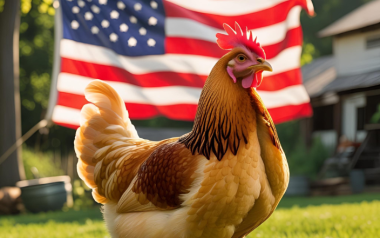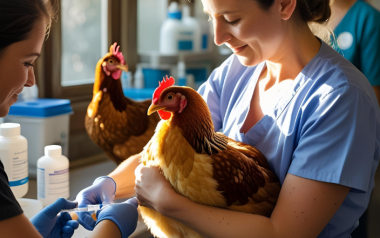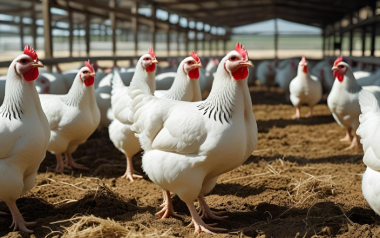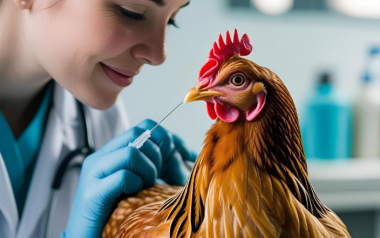Sources: Available upon request
20 Mar 2024
Avian Influenza outbreak impacts U.S. poultry industry
In recent months, the U.S. poultry industry has faced significant challenges due to an outbreak of avian influenza. This highly contagious viral disease has had far-reaching consequences for both producers and consumers. Let’s delve into the details of this critical situation.
In recent months, the U.S. poultry industry has faced significant challenges due to an outbreak of avian influenza. This highly contagious viral disease has had far-reaching consequences for both producers and consumers. Let’s delve into the details of this critical situation.
The Avian Influenza disease Virus (AIV) belongs to the species influenza virus type A, family Orthomyxoviridae, genus Alphainfluenzavirus based on the International Committee of Viral Taxonomy. Previous highly pathogenic outbreaks of AI (HPAI) were thought to be the result of flock exposure to a lowly pathogenic strain of AI (LPAI) and during the infection process the virus mutated to the more detrimental HPAI strain.
The Avian Flu Crisis
Avian influenza, commonly known as bird flu, has been a recurring concern for poultry farmers worldwide. However, the current outbreak, which began in early 2022, has been particularly severe in the United States. According to the U.S. Department of Agriculture (USDA), nearly 82 million birds, primarily egg-laying chickens, have been culled across 47 states to prevent further spread of the virus. The impact has been devastating for farmers, leading to significant economic losses and disruptions in the supply chain.
Economic Consequences
- Egg Prices Soar: More than 40 million egg-laying hens have been culled in the U.S., causing egg prices nationwide to skyrocket. Consumers have felt the pinch as they pay higher prices for this essential protein source.
- Record High Turkey Meat Costs: The previous “bird flu” outbreak drove the cost of turkey meat to record highs. Commercial poultry farms faced extended periods of downtime, affecting production and availability.
- Brazilian Poultry Tariffs Eliminated: In response to the crisis, China has eliminated tariffs on Brazilian poultry, potentially impacting U.S. poultry exports. The U.S. poultry industry is closely monitoring these developments.
Scientific Efforts and Consumer Awareness
- Pathogen Reduction Technology: USDA scientists have been working diligently to develop technology that reduces pathogens in intact eggs. This research aims to enhance product safety and protect consumers from diseases like Salmonella.
- Consumer Protection: The USDA has finalized a voluntary “Product of USA” label claim for poultry products. This label is meant to enhance consumer protection by providing clear information about the origin of poultry products.
Conclusion
The avian influenza outbreak has underscored the vulnerability of the U.S. poultry industry to infectious diseases. As farmers continue to grapple with the crisis, scientific advancements and consumer awareness play crucial roles in mitigating the impact. The industry must remain vigilant and collaborate to safeguard both poultry health and consumer well-being.








































